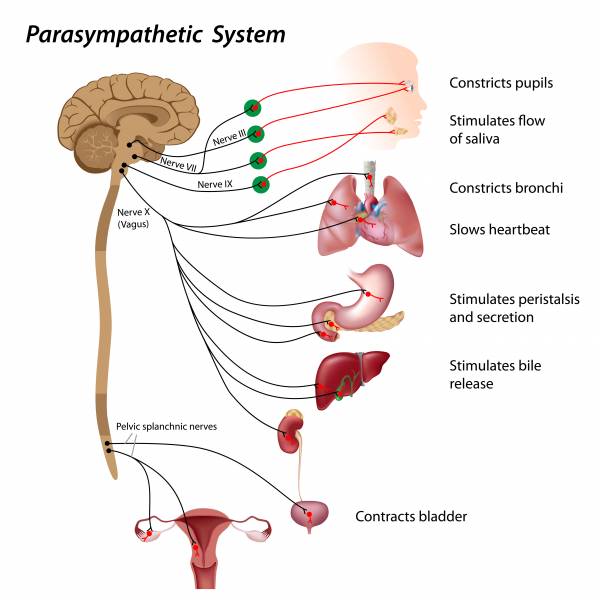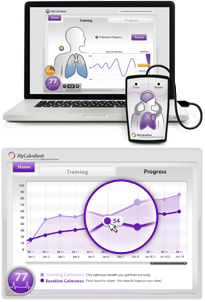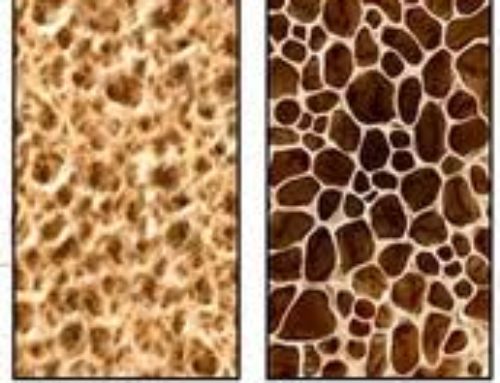
Heart Rate Variability (HRV) assessment is becoming an extremely useful tool for measuring the Autonomic Nervous System (ANS) and the impact of arthritis, inflammation, Stress, Heart issues, Fibromyalgia ( FM), Chronic pain,Chronic Fatigue( CFS) and many other disease states.
A low heart rate variability has been linked to poor sleep, anxiety, pain and thinking processes.
Many with Arthritis, ME/CFS or Fibromyalgia have a low heart rate variability.
Autonomic Nervous System (ANS
The nervous system is made up of the voluntary nervous system and the autonomic nervous system. The autonomic nervous system is the background controller of all body functions.
It has two main parts;
The sympathetic nervous system (SNS) which is the fight or flight response.
The parasympathetic nervous system (PNS) the rest and digest response.
An imbalance in these two systems is often at the core of many illnesses. Being able to measure this and bring these systems back into control represents a significant advance into how to develop health and wellbeing.

Heart Rate Variability (HRV)
HRV is essentially the subtle variations in the time between each heartbeats and is measured in milliseconds. Heart rate variability is not something you can feel or identify without instrumentation. When you feel your own pulse it seems even, however when measured electrically, it is variable.
There are many factors that the nervous system tracks moment by moment which influences heart rate and there is a natural variability between each heartbeat.
The activation of different parts of your nervous system can actually change this level of variability. Greater stimulation of the nervous system will often decrease HRV, which means the time in between heartbeats is more fixed, shorter or unchanging. Being relaxed increases HRV.
High heart rate variability is a sign of good health, self regulation and overall resilience. As we age and/or become unwell HRV reduces.
In our clinic we have found that the majority of individuals with fibromyalgia, pain and fatigue have a low HRV which reflects deregulation of the autonomic nervous system. There is generally an increase in sympathetic nervous system activity.
The test is a completely non-invasive way of monitoring your health and can give an accurate measure of your overall well being. The test takes 60 minutes and you sit in a chair with heart monitor a( ECG ) sensors attached your inner forearms. Your respiration rate is also recorded by means of a flexible tube around your waist. Other sensors to measure skin conductance and temperature may be used as they are also good indicators of how well your Autonomic Nervous System is functioning.
This is just like an ordinary cardiograph. However it is not the heart that is being measured but the nervous impulses transmitted via the vagus nerve to the heart. For more information look up “polyvagal theory” on You Tube.)
 By a complicated analysis of the time between each heart beat, measured in milliseconds (Inter Beat Interval), the balance between the Sympathetic Nervous System (SNS) and Parasympathetic Nervous System (PNS) can be evaluated. The SNS ( fight and flight responses) and PNS ( rest and digest responses) are the two arms of the autonomic nervous system. The SNS can be likened to the accelerator of your car and the PNS to the brake. Their correct functioning is an interplay between the two. In times of extended stress and/or illness there can be over stimulation of the SNS and/or withdrawal of the PNS. There is evidence to suggest that constant day to day stress is more difficult to manage than traumatic events.
By a complicated analysis of the time between each heart beat, measured in milliseconds (Inter Beat Interval), the balance between the Sympathetic Nervous System (SNS) and Parasympathetic Nervous System (PNS) can be evaluated. The SNS ( fight and flight responses) and PNS ( rest and digest responses) are the two arms of the autonomic nervous system. The SNS can be likened to the accelerator of your car and the PNS to the brake. Their correct functioning is an interplay between the two. In times of extended stress and/or illness there can be over stimulation of the SNS and/or withdrawal of the PNS. There is evidence to suggest that constant day to day stress is more difficult to manage than traumatic events.
By understanding the balance of the SNS and PNS it is then possible to examine the areas in which lifestyle and other changes can be made to achieve an ideal balance which enhances health.
HRV measurements are often used by athletes to determine when they can train harder, and when they need to rest. My experience suggests that ME/CFS and FM patients can use HRV measurements in a similar way.
 Once a pattern of Autonomic Nervous System nervous system imbalance is determined appropriate remedial steps can be taken.
Once a pattern of Autonomic Nervous System nervous system imbalance is determined appropriate remedial steps can be taken.
For example meditation, yoga, Tai Chi and a personalised breathing rate (called resonant frequency breathing) can all help you to bring about balance.
Resonant Frequency (RF) breathing involves breathing at a rate somewhere between 7 and 4.5 breaths per minute. The rate is individual. Ideally 3 minutes at a time, 2-3 times a day,
will over time, increase your HRV, balance you ANS, improve self regulation and resilience. Excessive RF breathing is contraindicated as it can cause an imbalance in other bodily systems.
To assist with the breath training there is a free App available.
Overtime balance in the ANS can be achieved. We recommend the P2W ( pathways 2 wellbeing) equation:
Belief in the practice + practise the practice = achieve the outcome.
To determine if this test is appropriate for you contact us for an appointment. office@daniellewis.com.au.
Heart Rate Variability using the iPhone App HRV4 training.
In the HRV4Training app you can tag things like mental energy and also make up custom tags. For example an “anxiety score” or “stress score” from Settings / Configure Tags, and give it say
a number between 1 and 10 every morning. In times of stress the HRV level drops and increases when there is a calmer nervous system.





